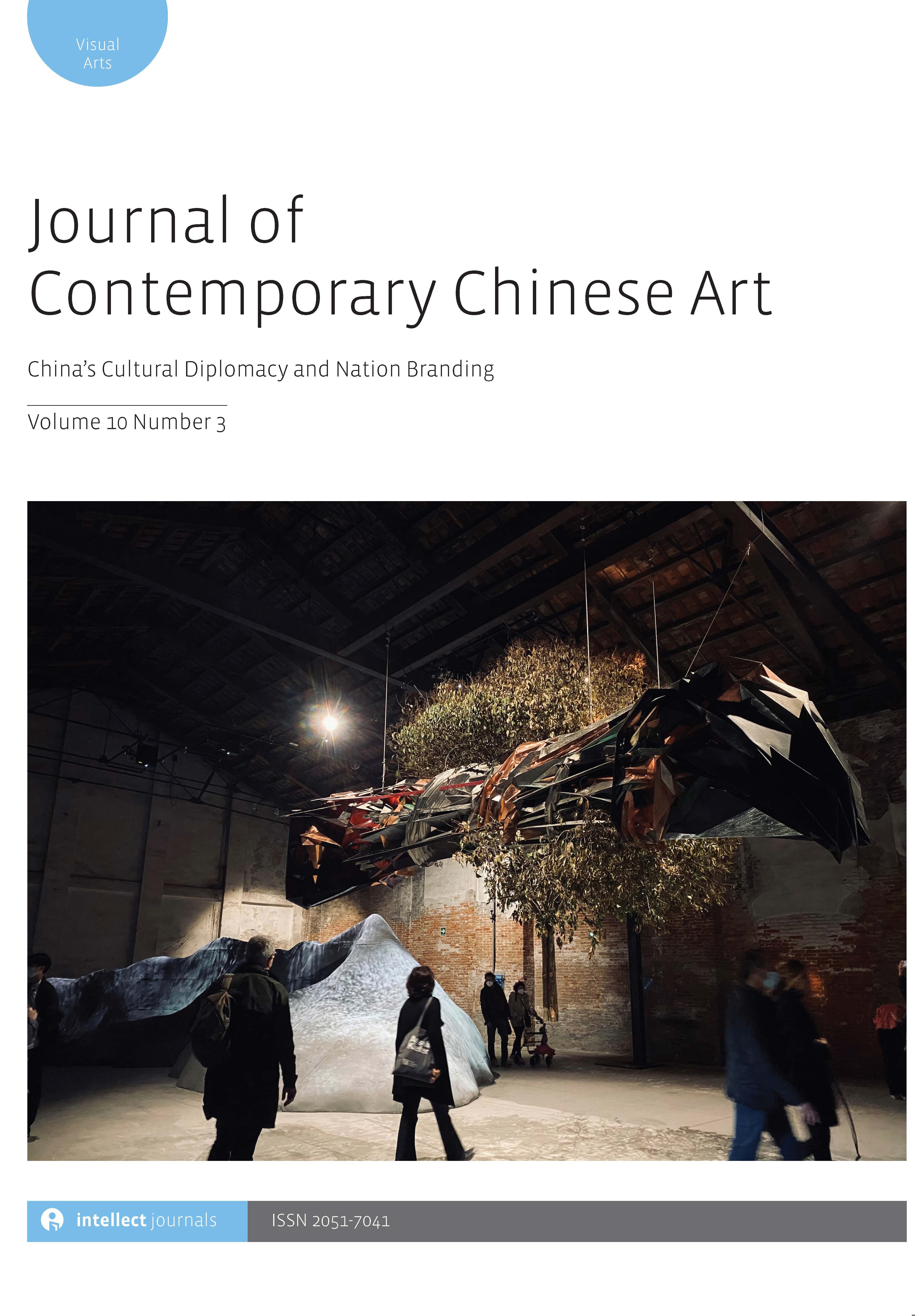
Full text loading...

This article aims to shed light on a curatorial momentum that was generated at the turn of the 2010s in the broader international art world, allowing contemporary Chinese ink works for the first time within the context of the new century to have a more geographically widespread spotlight of attention under a dual label of the Indigenous and the international. Indeed, in the run up to the 2008 Beijing Olympic Games, the curatorial approach to ink art in both China and North America and Europe began to change, emphasizing not only ink’s cultural uniqueness but also its transcultural applicability. The pioneering event to do this was the Third Chengdu Biennale in China, following which there was a noticeable escalation in similar exhibitions across countries like the United States or the United Kingdom. These ranged from the ground-breaking Ink Art: Past as Present inContemporary China (2013–14) at New York’s Metropolitan Museum of Art (The Met) to exhibitions at international auction houses and commercial galleries, such as Christie’s or the London-based Saatchi Gallery. By focusing on the Third Chengdu Biennale and The Met’s Ink Art exhibition as the two case-study examples, this article elucidates in what specific ways present-day Chinese ink works were framed by these two significant internationally oriented exhibitions, as well as what kind of critical reception this attracted. Drawing from this analysis, the article also provides a reflection on this curatorial momentum’s both achievements and limitations, suggesting that altogether they present an important foundation for present-day curators to devise new constructive ways of positioning Chinese ink as the global contemporary medium of artistic expression.

Article metrics loading...

Full text loading...
References


Data & Media loading...

Publication Date:
https://doi.org/10.1386/jcca_00068_1 Published content will be available immediately after check-out or when it is released in case of a pre-order. Please make sure to be logged in to see all available purchase options.